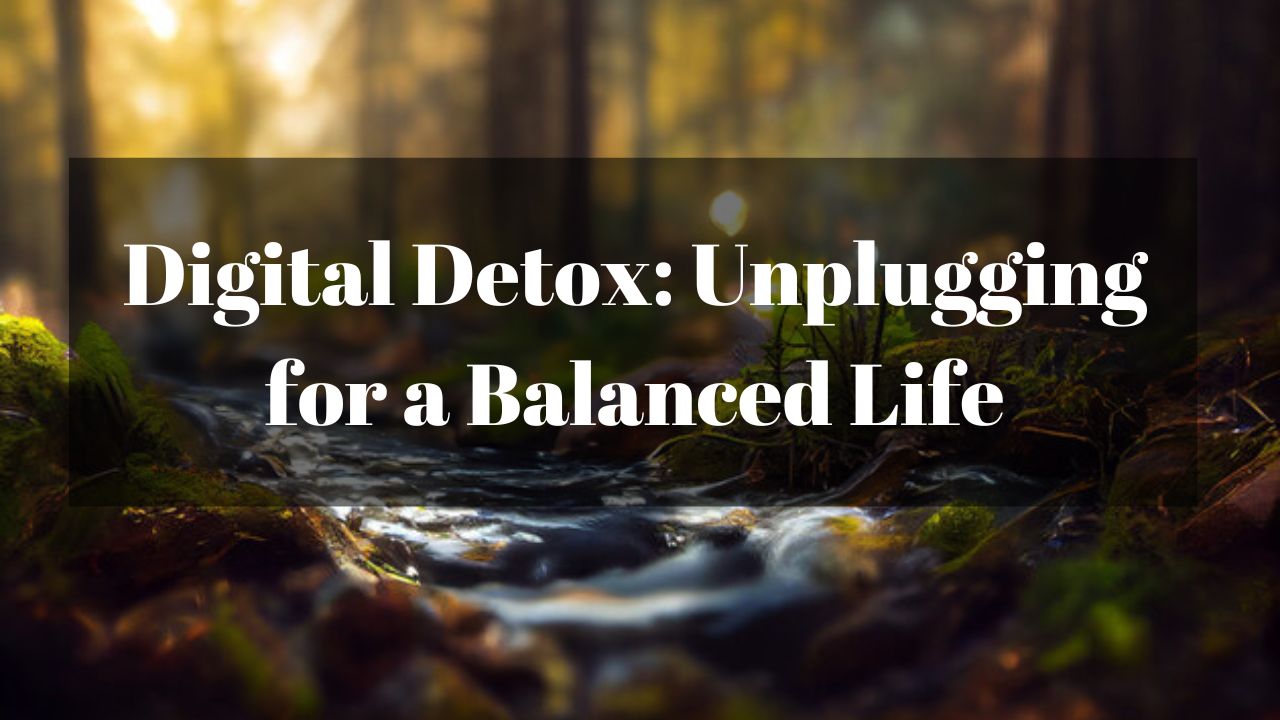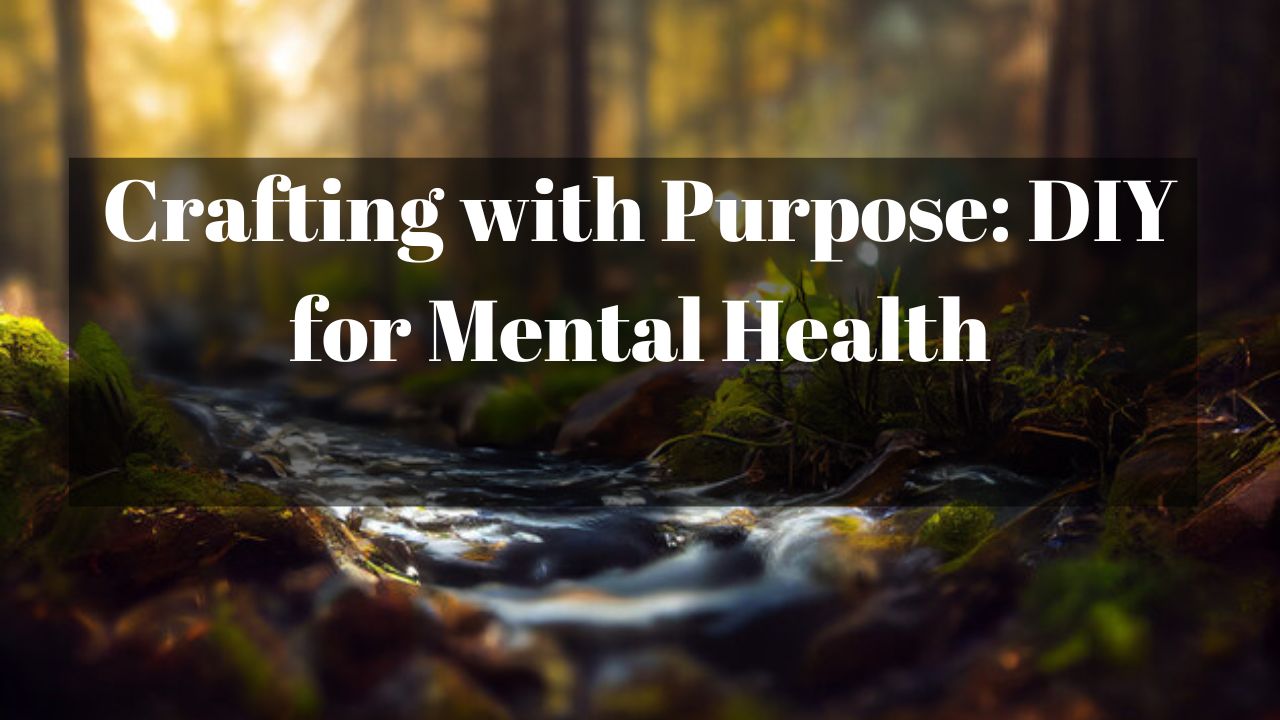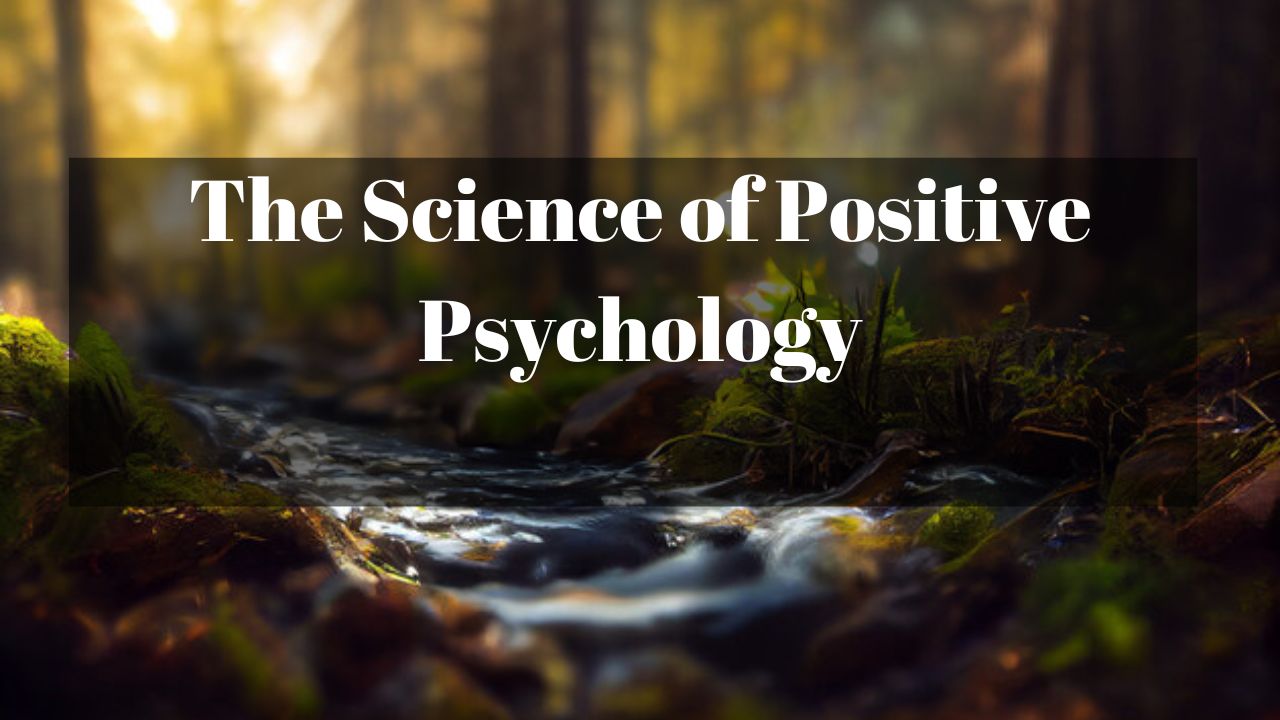Digital Detox: Unplugging for a Balanced Life
In today’s fast-paced and hyperconnected world, the constant influx of digital stimuli can overwhelm our senses and hinder our ability to find balance. The concept of a digital detox has emerged as a remedy, urging individuals to temporarily disconnect from the virtual realm to reconnect with the tangible aspects of life. This article delves into the significance of a digital detox, its impact on mental and physical well-being, and practical tips for achieving a more balanced and mindful existence.
The Digital Onslaught:
The omnipresence of digital devices, social media, and constant connectivity has revolutionized the way we live, work, and interact. While these technological advancements bring undeniable benefits, the incessant barrage of notifications, emails, and social updates can contribute to stress, anxiety, and a sense of being constantly “plugged in.”
Understanding Digital Detox:
A digital detox involves a conscious and temporary disconnection from digital devices and online activities. It is a deliberate effort to break free from the virtual vortex, allowing individuals to reclaim time, reduce screen-related stress, and rediscover the joys of offline living. Digital detox is not about shunning technology entirely but finding a healthy balance between the virtual and the real.
The Mental Health Toll:
Excessive screen time has been linked to various mental health challenges, including anxiety, depression, and sleep disturbances. Constant exposure to curated online content can foster unrealistic expectations and contribute to a pervasive sense of inadequacy. A digital detox provides an opportunity to reset mental health by reducing the digital noise and fostering a more mindful and present mindset.
Physical Well-being Impacts:
Extended screen time is associated with sedentary behavior, which can contribute to physical health issues such as eye strain, disrupted sleep patterns, and increased risk of chronic conditions. Taking a break from digital devices allows individuals to engage in physical activities, enjoy outdoor pursuits, and prioritize a healthier lifestyle.
Enhanced Focus and Productivity:
Digital distractions can fragment attention spans and hinder productivity. A digital detox creates a conducive environment for focused work, improved concentration, and increased efficiency. By stepping away from constant notifications, individuals can immerse themselves in tasks without the constant pull of the virtual world.
Improved Sleep Quality:
The blue light emitted by screens can disrupt the body’s natural circadian rhythm, leading to sleep disturbances. A digital detox, especially before bedtime, allows for a more gradual transition into sleep. Creating a screen-free bedtime routine contributes to improved sleep quality and overall well-being.
Strengthening Personal Relationships:
Excessive screen time can erode the quality of personal relationships. Engaging in face-to-face interactions without the distraction of screens fosters genuine connections, deepens emotional bonds, and strengthens the fabric of personal relationships. A digital detox provides the space for meaningful conversations and shared experiences.
Mindful Living:
A digital detox encourages mindfulness, the practice of being fully present in the current moment. When not tethered to screens, individuals can savor the richness of their surroundings, appreciate nature, and cultivate a deeper awareness of their thoughts and emotions. Mindful living enhances overall well-being and contributes to a more balanced life.
Practical Tips for Digital Detox:
Designate Tech-Free Zones: Designate specific areas in your home, such as the dining table or bedroom, as tech-free zones to create boundaries.
Establish Screen-Free Times: Set specific times during the day when you consciously avoid screens, especially during meals and before bedtime.
Digital Sabbatical: Consider taking periodic digital sabbaticals, where you disconnect from all digital devices for a day or a weekend.
Unplug Before Sleep: Create a wind-down routine that involves disconnecting from screens at least an hour before bedtime to promote better sleep.
Reintegration Strategies:
A successful digital detox is not just about taking a break but also about reintegrating technology in a mindful manner. Adopt strategies such as:
Selective Notifications: Choose essential notifications and limit non-urgent alerts to reduce digital overwhelm.
Set Boundaries: Establish time limits for screen use, especially on social media, to prevent mindless scrolling.
Technology-Free Activities: Engage in activities that don’t involve screens, such as reading physical books, practicing hobbies, or spending time in nature.
Cultivating Digital Wellness:
Digital wellness involves adopting a holistic approach to technology use. Embrace practices such as:
Regular Screen Breaks: Incorporate short breaks from screens throughout the day to prevent eye strain and mental fatigue.
Mindful Social Media Use: Practice mindful engagement with social media by curating a positive feed and setting time limits.
Technology Audits: Periodically assess your digital habits and make adjustments to align with your well-being goals.
Conclusion:
In the age of constant connectivity, a digital detox is a powerful antidote to the overwhelming pace of modern life. By intentionally unplugging from digital devices, individuals can reclaim time, nurture mental and physical well-being, and rediscover the joys of offline living. The path to a more balanced life involves mindful technology use, setting boundaries, and recognizing the importance of cultivating meaningful connections in the real world. A digital detox is not just a break from screens; it’s a conscious choice to prioritize well-being, foster mindfulness, and create a more harmonious relationship with technology in the long run.











